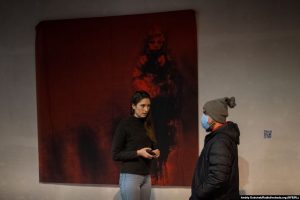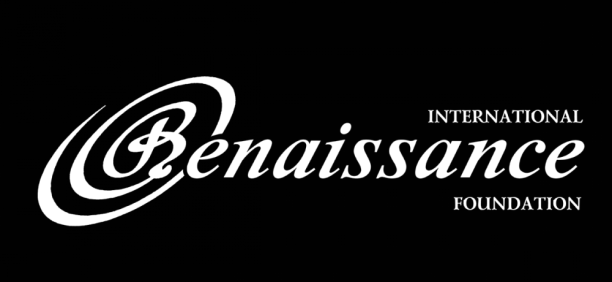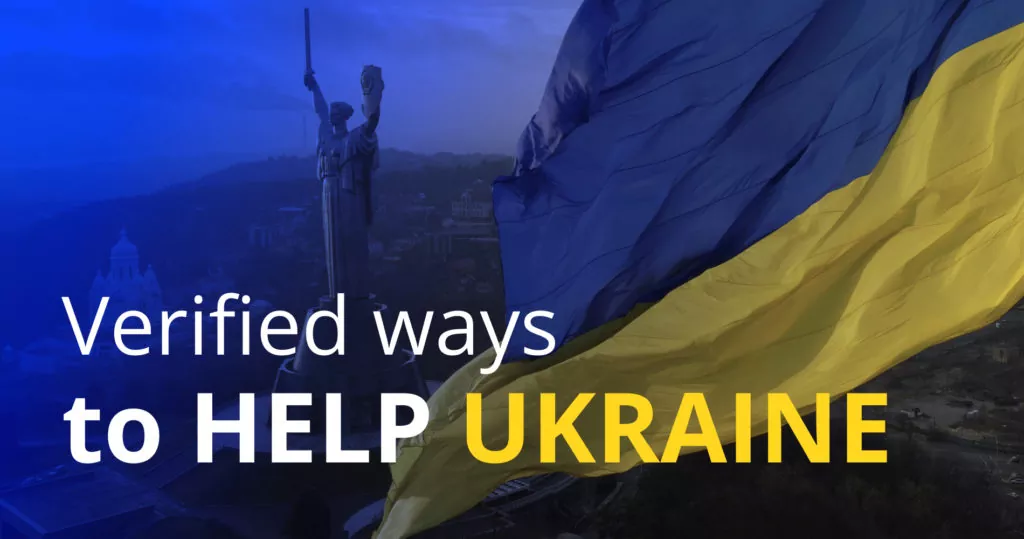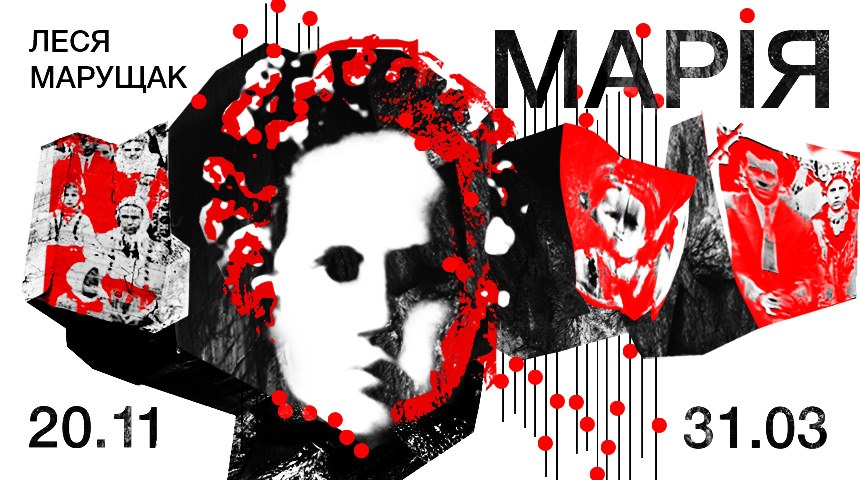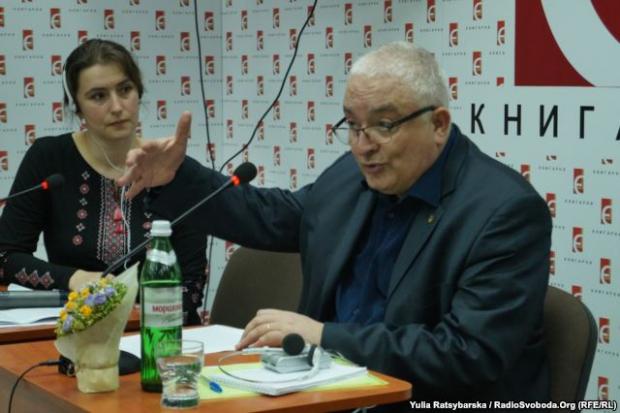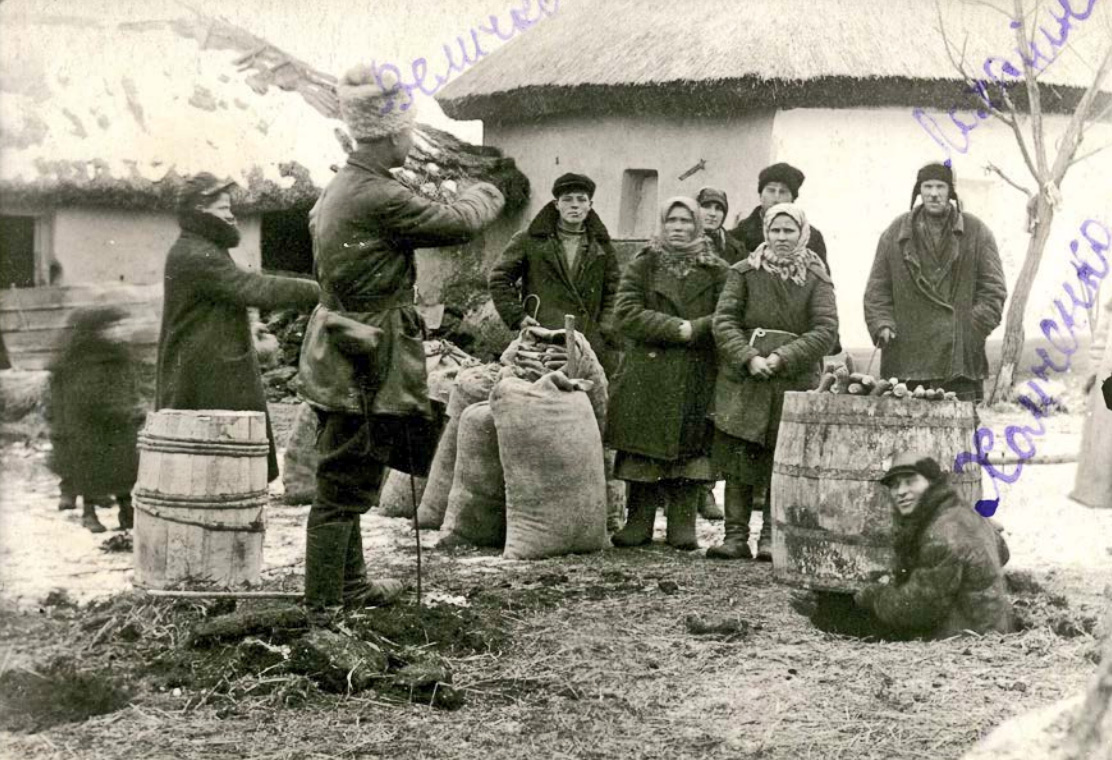The exhibition will be open from November 20, 2020, to March 31, 2021.

“Maria” is a mobile memorial space that sustains the memory of the victims of the Holodomor of 1932-1933 and contributes to dialogue on social justice and human rights. At the centre of the exhibition is the image of a young girl, Maria, who, despite Stalin’s ruthless policies, survived the famine, unlike millions of other victims of the Soviet genocide in Ukraine.



The project was created and designed by Lesia Maruschak, a curator, photographer and visual artist living in Ottawa, Canada. The artist’s works convey an emotional and rational response to this atrocity, constructed on the basis of a study of the stories of Holodomor survivors.
“Produced across platforms, including books, installations, textile sculptures, performance, lectures and film, the project manifests my intellectual and emotional response, informed by current research and the survivors’ stories I read witness testimonies including that of Tetiana. She recalled that her sister, “had a large, swollen stomach, and her neck was long and thin like a bird’s neck. People didn’t look like people — they were more like starving ghosts.” These accounts made such an impression on my young mind and I’ve carried them with me throughout my entire life as I searched for my identity as a Canadian of Ukrainian descent.” says artist Lesia Marunchak.

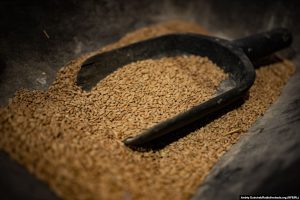


The book “Maria,” which is based on the exhibition, was shortlisted for the Book Awards at the Rencontres d’Arles in France (2019) and won the award for best design at the International Book Arsenal Festival in Kyiv (2019). The exhibition was made possible by the International Coordinating Committee for Holodomor Awareness and Recognition of the Ukrainian World Congress (UWC), which works with the international community to have the Holodomor of 1932-33 formally recognized as genocide, counter misinformation, and raise awareness about the Holodomor around the world.

